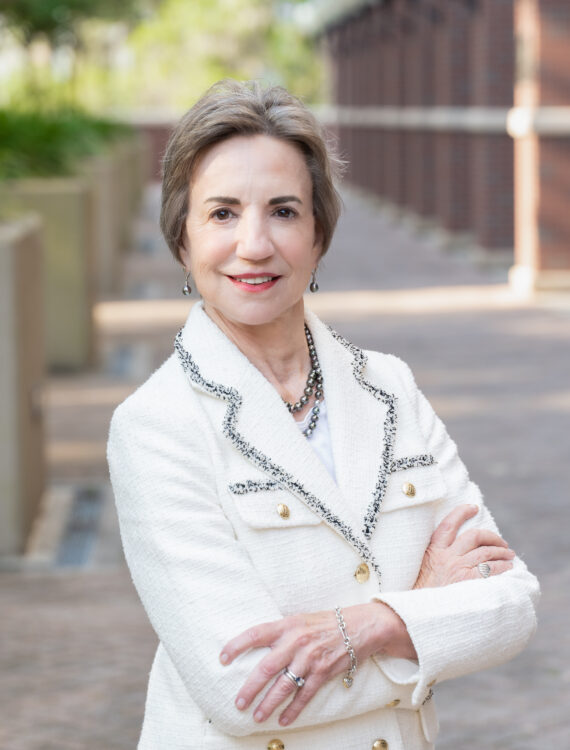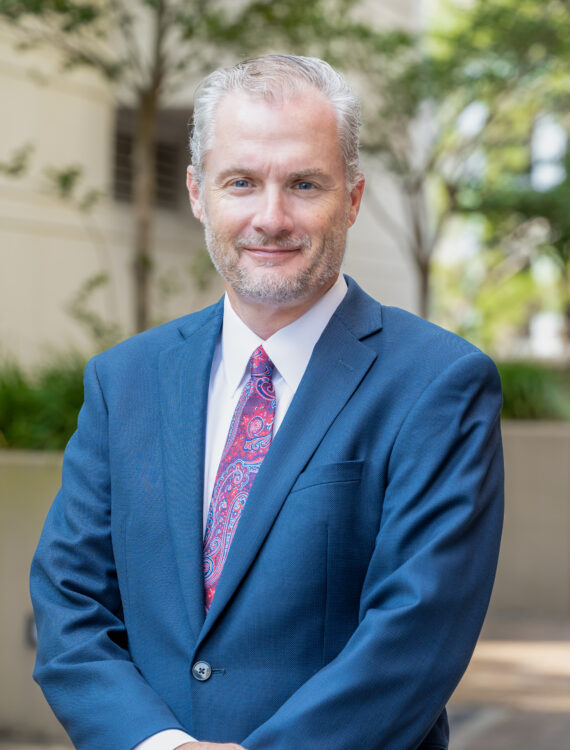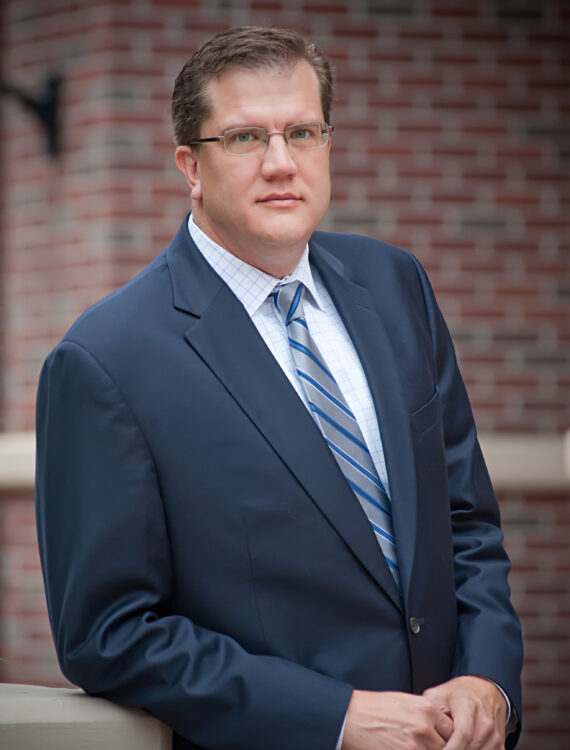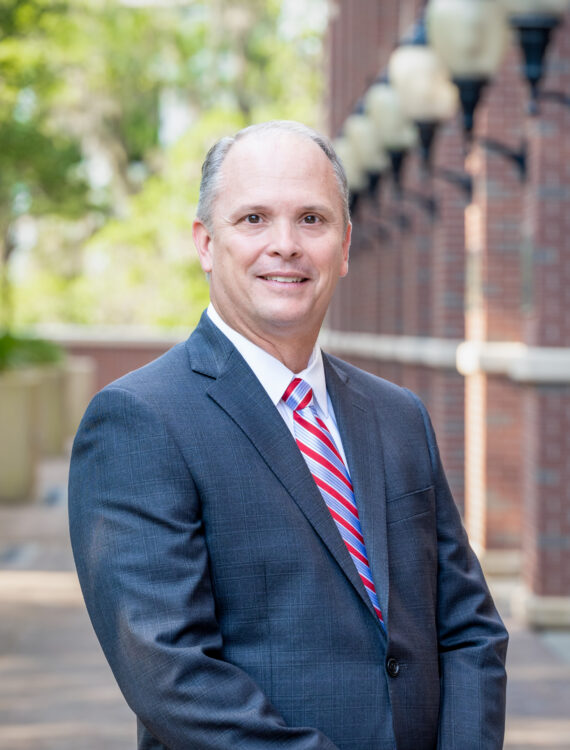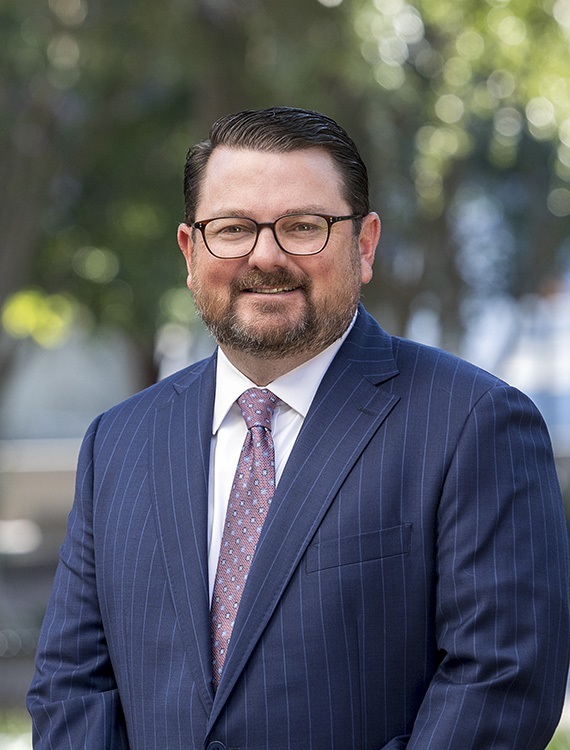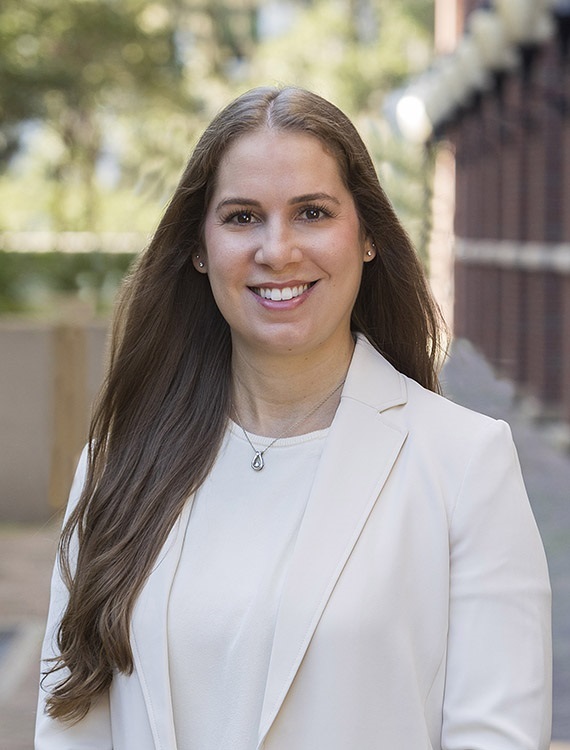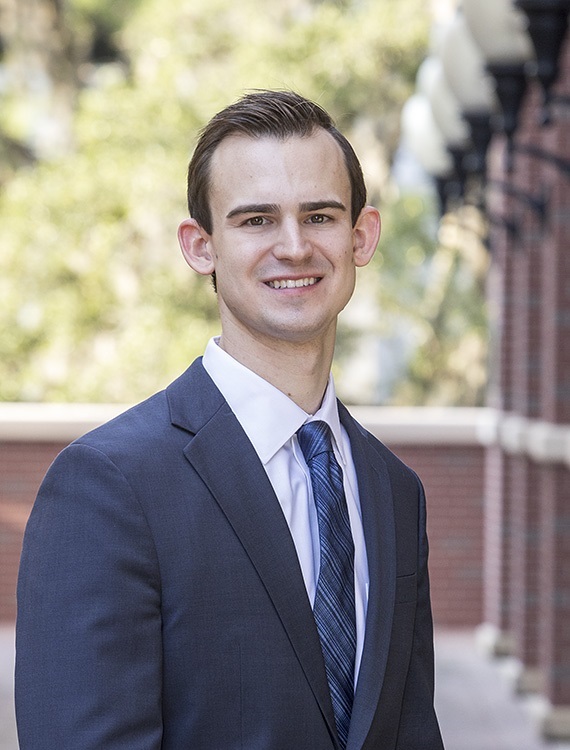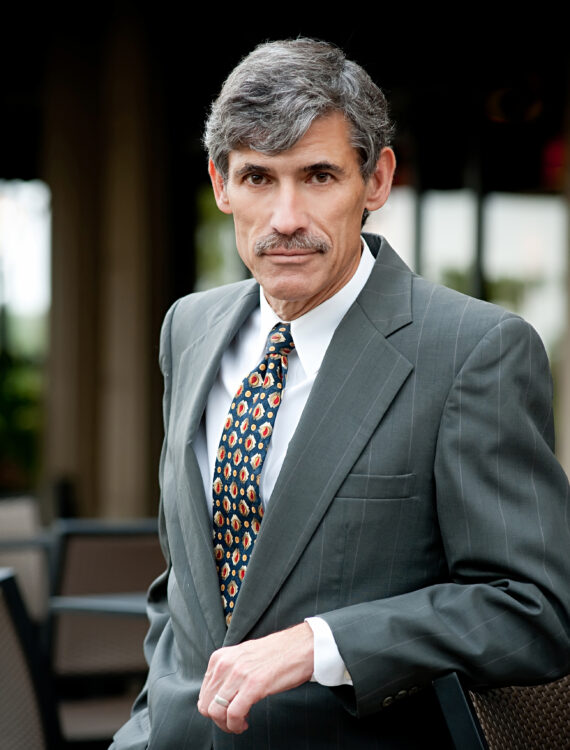The Foreseeable Consequences of SB 1372

A proposal to reduce the size of the Florida Hurricane Catastrophe Fund (FHCF) remains under consideration in the Florida Senate in the form of SB 1372. A similar proposal exists in the House of Representatives but has not advanced thus far in the 2012 legislative session.
This proposal, which has been termed the FHCF “right-sizing” proposal, presents a real public policy challenge. The Florida government should develop a plan to reduce its involvement in the insurance business, including a plan to reduce this state’s reliance on assessments (taxes) to subsidize insurance premiums. It also makes sense to insulate the FHCF from fluctuations in global financial markets, and to ensure that it has the ability to conitnue providing coverage in years following storm seasons when worldwide reinsurance markets might have significant price increases.
At the same time, changing the FHCF without looking at the Florida property insurance market as a whole could have serious adverse consequences for the market, for premium levels, and for the availability of coverage at the individual policyholder level. Florida indeed needs a plan for reducing its involvement in insurance, but a plan must address the entire market, including the state-run direct insurer– Citizens Property Insurance Corporation. Without a comprehensive solution, the state will simply be encouraging increased writings in Citizens, shifting potential FHCF assessments to increased Citizens assessments.
To understand how the proposal, insolated from broader changes, might affect the market, we must consider the impact on premiums and in the impact on insurers’ writings. First, it is a given that private market rates will go up if the FHCF shrinks. However, I beleive the magnitude of the rate increases is being underestimated. The absolute best case scenario I have seen from industry sources is +12-14% over the course of the phase-in period. In reality, this won’t happen. These estimates assume that reinsurance pricing will remain the same as in the current market. We must ask ourselves– if 171 purchasers of FHCF coverage go into the reinsurance market at the same time seeking coverage in essentially the same layers (below, along the side of, and above the FHCF), do we really believe the pricing will remain the same? To further evaluate the likely magnitude of the rate change, one might consider recent year-over-year pricing adjustments in the reinsurance market in years that did not involve market reactions to storm activity. With that analysis, we can see that primary insurance rate needs can easily be twice the estimates being discussed. Of course, this is on top of any other rate changes that might otherwise be indicated.
One impact of these rate increases obviously will be the increased burden on policyholders. A secondary impact will be the growing disparity between Citizens’ rates and those inthe voluntary market. Many policyholders are currenltly in Citizens not because the risks are undesirable, but because Citizens’ capped rates are inadequate for the risks presented. If private market rates go up by 14%, or 28%, without a corresponding adjustment by Citizens, the problem only grows.
Finally, any analysis of the impact of SB 1372 would be incomplete without discussing the impact at the individual policyholder level. It is too easy to talk about rate levels as if the same considerations apply equally to each policy– if the insurer’s costs go up, it seeks a rate increase of 14%, or 28%, or whatever it needs, and everything otherwise remains the same. However, this is far too simplistic. In reality, insurers will evaluate premium levels and costs at the individual policy level. Increased reinsurance costs, particularly if not fully offset by rate changes, will cause incrementally more policies to be unacceptable from a financial standpoint— not many businesses want to continue selling a product where revenues are less than costs. This means that not only will insurers not be financially able to write in certain areas (according to their own individual costs and analyses), financial prudence might dictate that they actually need to re-balance their portfolios, which is another way of saying they will need to nonrenew policies in some high-cost areas. Unfortunately, these are the policies most likely to end up in Citizens.
Finally, a thought on rate changes– we all can remember when the legislature chose to expand the FHCF. We also should remember that insurers were mandated to immediately implement rate reductions to reflect the “presumed” savings. If we now reduce the FHCF, shouldn’t insurers immediately implement presumed rate increases? Actually, yes. If insurers are allowed to make rate filings only after they incur the increased private market reinsurance costs, the bill will put a financial strain on an industry that already has seen little or no surplus growth over the last few years (actually, since the presumed factor coupled with the full implementation of the flawed mitigation discount program). This in turn will limit capacity for private market writings and encourage further growth in Citizens.
The consequences for the Florida market are far-reaching and profound. The legislature should not act hastily by perceiving it is reducing the government’s involvement in insurance when the end result will be the opposite. Instead, the legislature should defer any further action on SB 1372 this year and should take the time needed to develop a comprehensive, reasoned approach to market reform that takes into accountissues relating to the Florida Hurricane Catastrophe Fund, Citizens Property Insurance Corporation and the private market

